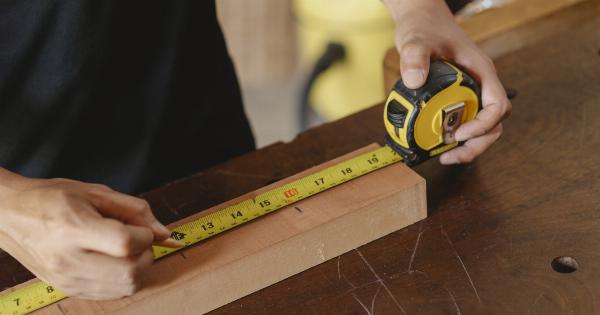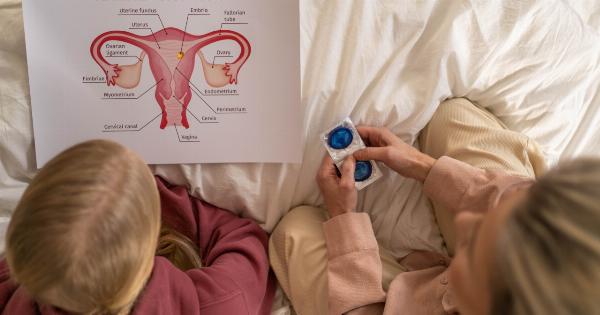When it comes to caring for a child there’s no denying that it’s hard work. From the moment they’re born, parents are faced with the task of keeping their child healthy and happy.
But, statistically speaking, the majority of the responsibility falls on mothers. Mothers are the ones who take on the bulk of childcare responsibilities, even when they are working full time or more.
The Problem with Traditional Gender Roles
Traditionally, mothers were expected to give up their careers and devote themselves entirely to their children and home. While this remains common in many cultures today, it’s a practice that is quickly becoming outdated in many parts of the world.
However, this doesn’t mean that gender roles have been completely reversed.
While mothers today may be more likely to have their own careers and live independent lives, they are still expected to be the primary caregiver for their children.
This means that they are responsible for feeding, clothing, and caring for their children, as well as being the primary emotional support for their family.
The impact of this expectation can be seen in the numbers. According to a study by the National Institute of Child Health and Human Development, mothers spend an average of two hours more per day than fathers on childcare activities.
This puts a tremendous burden on mothers, who often have to juggle work, household chores, and caring for their children on their own.
Why It Matters
The impact of this increased workload on mothers can be seen in a number of ways. Firstly, it often means that mothers have less time for themselves and their own needs.
This can lead to stress and burnout, which can have a negative impact on their overall health and wellbeing.
Secondly, it can have a negative impact on the relationship between the mother and child. When a mother is overworked and exhausted, they are less likely to have the emotional energy to support their child in the way that they need.
This can lead to a breakdown in the relationship between mother and child, which can be difficult to repair later on.
Thirdly, this expectation can have a negative impact on the mother’s career. When a mother is forced to give up her own aspirations and devote herself entirely to her family, it can be difficult to get back into the workforce later on.
This can lead to financial instability and a loss of independence for the mother.
What Can be Done?
There are a number of things that can be done to help alleviate the burden on mothers. Firstly, it’s important to recognize that caring for a child is a shared responsibility.
Fathers and other family members can and should be involved in the caregiving process.
Secondly, we need to challenge traditional gender roles and expectations. Mothers should not be expected to sacrifice their careers or give up their own passions to care for their children.
Fathers need to take an equal role in caregiving, both in the home and outside of it.
Thirdly, government policies can play a role in supporting mothers. This can include things like paid parental leave, affordable childcare, and flexible work arrangements.
By providing support for mothers, we can help to lighten the load and improve their overall wellbeing.
Conclusion
The burden of the child is often seen as something that falls on the shoulders of mothers.
This expectation not only places a tremendous amount of pressure on mothers, but can also have a negative impact on their overall health and wellbeing, their relationships with their children, and their ability to maintain a career.
By challenging traditional gender roles and expectations, involving fathers and other family members in caregiving, and providing support for mothers through government policies, we can help to alleviate this burden and ensure that mothers are able to provide the care and support that their children need, while also maintaining their own wellbeing and independence.































